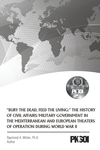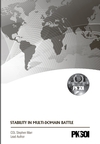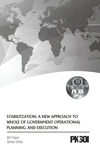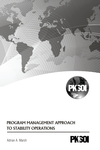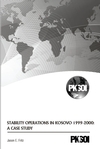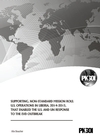Defining Command, Leadership, and Management Success Factors within Stability Operations

This monograph addresses the topic of Command-Leadership-Management (CLM) success attributes in Stability Operations and is intended to reach a wide audience of actors, including military and civilian deliverers of effect at the strategic, operational, and tactical levels of operations. It was developed from a dissertation and updated while the author was deployed in Iraq at a time of transition from Combat Operations (Operation IRAQI FREEDOM) to fully declared Stability Operations (Operation NEW DAWN).




